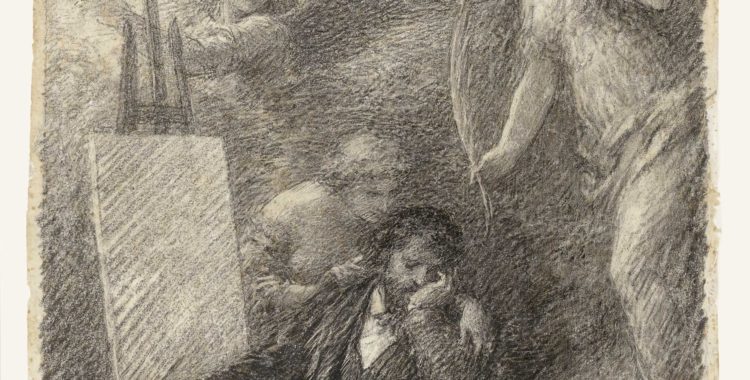
Cultural Economics Workshop: Artists
December 08, 2015
by Diana Greenwald | Filed in: Conferences
The 3rd North American Workshop on Cultural Economics recently took place in New Orleans. The workshop was an informative overview of on-going research in cultural economics. The subjects of the presentations can be grouped into roughly three categories: artists, collectors, and communities. The workshop papers about collectors were discussed in a previous post. This post will discuss the research dealing specifically with artists.
Brandeis professor Kathryn Graddy presented her work on death and artistic creativity. Like Karol Borowiecki’s studies of composers, she asks whether or not the romantic image of the suffering artist is an accurate one. Using the biographies of famous artists and auction prices for their art, she investigates whether artists create their best art after tragedy—specifically the death of a loved one. She demonstrated that their work suffers from a tragic shock.
Two papers explored the boost that artists get from working and exhibiting together. The first was Christiane Hellmanzik’s presentation about artists’ participation in landmark exhibitions and its effect on later auction prices. She showed that participation in these events had a positive effect on modern day auction results. This could be for a variety of reasons. First: the organizers of these exhibitions—like the First Impressionist Exhibition (1874) and the Futurist Exhibitions—may have selected the most innovative and important works. Or, art experts have since decided that these exhibitions were pivotal to the history of art. Therefore, these prices may reflect an ex post facto assessment of an artist’s skill and quality.
The second paper that explored the effects of group activities on artists’ output was Douglas Hodgson’s work with John Galbraith and Hellmanzik. The paper—called “The Relationship Between Artistic Movements and the Careers of Modern Artists: Evidence from Individual-Level Hedonic Regressions with Auction Data”—presented early work suggesting that members of the same art movements drive one another to creative heights. Often, members of the same movement produced their highest value paintings at the same time during the periods when they were in closest collaboration. Work from periods after movements was less cohesive and artists work more independently often fetch lower prices on the contemporary auction market.
Art historical scholarship usually focuses on one artist or one school of artists. The projects at the workshop all considered the output and biographies of dozens of artists. Economics demands a large number of observations to carry out econometric tests. The application of statistically robust sample sizes to questions usually asked about an individual or small group of individuals is illuminating. It allows scholars to see and test trends and attributes that exist across time periods and artistic schools. Though economic investigations usually lack qualitative detail, their quantitative approach is a compelling complement to standard art historical scholarship.
Cultural Economics Workshop: Community >>
<< Cultural Economics Workshop: Collectors
